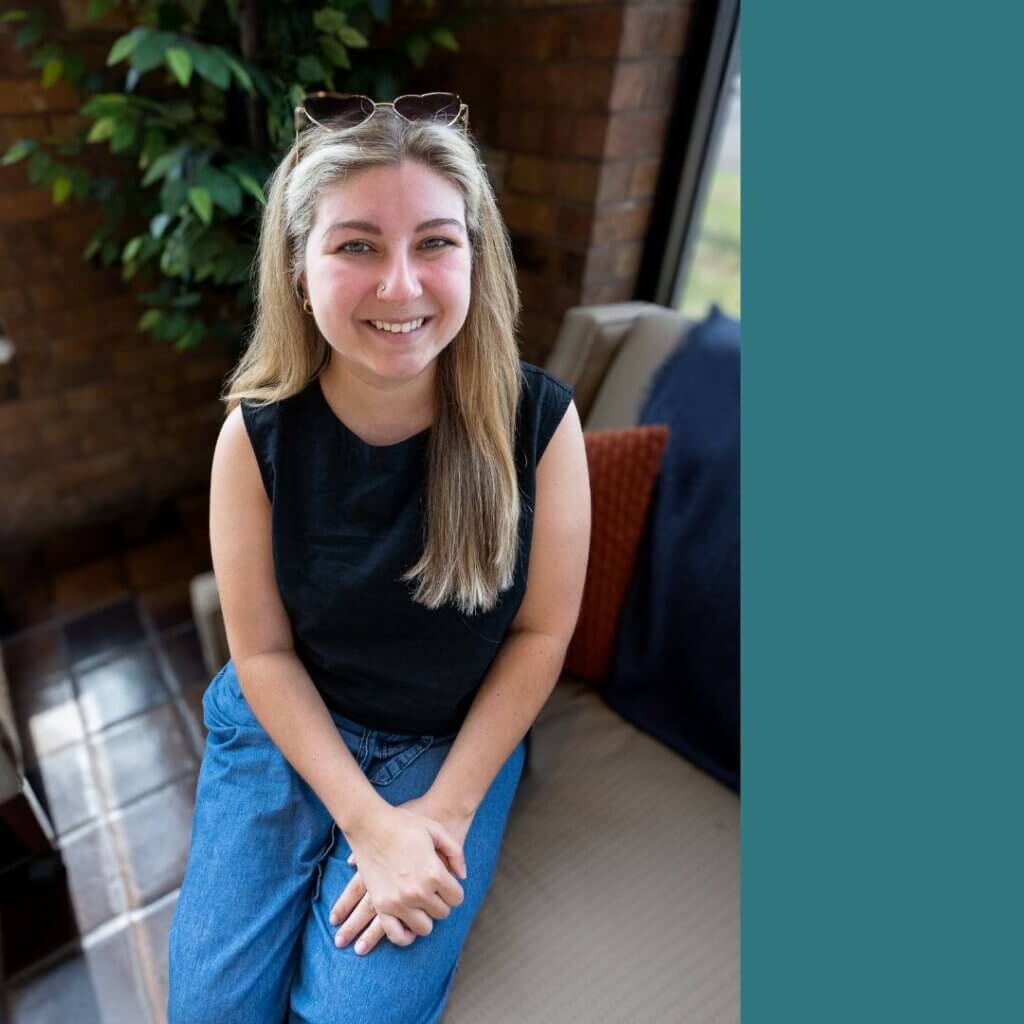Leigha Odom is a graduate from the University of Tulsa, where she received her bachelor’s in Graphic Design and Spanish but through working at TU, she found her masters program and fell in love with the behind-the-scenes aspects of museum work. In May of 2024, she earned her master’s degree in Museum Science and Management. Through the TU graduate student internship program, Leigha applied to the Gilcrease Museum and is now working in both the Anthropology and Archives department.
Her work in the Anthropology department involves caring for the housed anthropological items while the museum is under renovation. She often rotates projects where she scans and digitizes collector files, inventories the collection, and tracks them through spreadsheets, ensuring their history and heritage is well maintained.
While in the Archives department, Leigha selects a collection of documents at a time to review. Each collection contains a finding aid, which describes the history of a collection and the arrangement of material, to help a user navigate the contents of the collection and identify material relevant to their research. Leigha ensures that the aid is updated on current and correct terminology that best represents the collection. She is also able to monitor for any conservation concerns that could affect the documents preservation. Once she is done, Leigha rehouses the collection in acid-free folders and boxes to better preserve their longevity before updating information in the Gilcrease archival database. She enjoys working to preserve documents and make them more accessible to the public, even though it can be “daunting” for her to work with fragile pieces of history.
She also is proud to work with the NAGPRA collection which facilitates the return of human remains, funerary objects, sacred objects, and works of cultural patrimony back to their rightful home. NAGPRA stands for Native American Graves Protection and Repatriation Act which is a federal law enacted in 1990 to acknowledge that human remains and other cultural items removed from Federal or tribal lands belong to lineal descendants, Indian Tribes, and Native Hawaiian organizations. With this law, Congress sought to encourage a continuing dialogue between museums and Native American Tribes to promote a greater understanding between the groups while at the same time recognizing the important function museums serve in society by preserving the past. Leigha finds this work incredibly rewarding because she gets to be a part of meaningful change in returning these items to their rightful homes.
Leigha’s advices anyone interested in archival or anthropological work to start volunteering and exploring various areas of interest to discover what excites them the most. If you have a specific field in mind, she recommends volunteering in that area and seizing every opportunity to advance your career goals. For her, the best advice she received was that “the worst thing you can be told is ‘no’, so you might as well try.”
